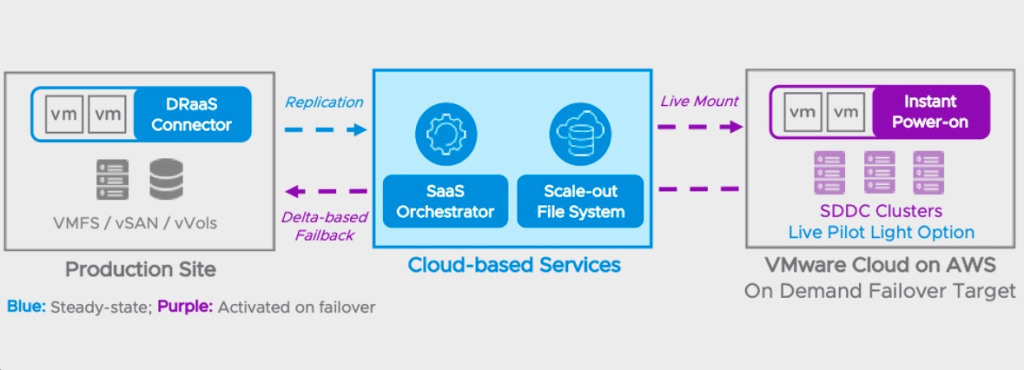Disaster Recovery as a Service (DRaaS) is a cloud-based solution that helps organizations protect and recover their critical IT infrastructure and data in the event of a disaster. DRaaS offers businesses a flexible and scalable approach to disaster recovery that can help minimize downtime and data loss, and quickly restore business operations.
There are two types of DRaaS: on-premise and cloud-based. On-premise DRaaS involves using local resources, such as backup servers and storage, to provide disaster recovery capabilities. Cloud-based DRaaS, on the other hand, utilizes cloud infrastructure to provide disaster recovery services. Both types of DRaaS have their advantages and are suitable for different business needs.
One of the key advantages of on-premise DRaaS is that it offers complete control over the disaster recovery environment. This means that businesses can tailor the solution to their specific needs and have more granular control over their data. Additionally, on-premise DRaaS can be less expensive than cloud-based solutions, as it doesn’t require ongoing cloud subscription fees.
Cloud-based DRaaS, on the other hand, offers businesses greater flexibility and scalability. With cloud-based DRaaS, businesses can easily scale up or down as needed, without having to worry about managing additional infrastructure. Additionally, cloud-based DRaaS can be more reliable than on-premise solutions, as cloud providers have multiple data centers and redundancy built into their infrastructure.

Image Source : https://blogs.vmware.com/virtualblocks/2020/09/29/announcing-vmware-cloud-disaster-recovery/
DRaaS is essential in the current era because businesses are increasingly reliant on digital technology and data. Any disruption to IT infrastructure or data loss can have serious consequences for businesses, including loss of revenue, damage to reputation, and even legal repercussions. DRaaS can help businesses ensure that critical systems and data are protected and can be quickly restored in the event of a disaster.
One of the key ways that DRaaS can help protect against ransomware attacks is through regular backups and snapshots of critical data. By keeping a copy of data in a separate location, businesses can ensure that they can recover their data even if it is encrypted or deleted by a ransomware attack. Additionally, some DRaaS solutions offer features such as continuous data protection and replication, which can help minimize data loss and downtime in the event of a ransomware attack.
In summary, DRaaS is a critical component of any organization’s disaster recovery strategy. Whether utilizing an on-premise or cloud-based solution, DRaaS can help businesses protect their critical IT infrastructure and data, minimize downtime and data loss, and quickly restore business operations in the event of a disaster or ransomware attack.
